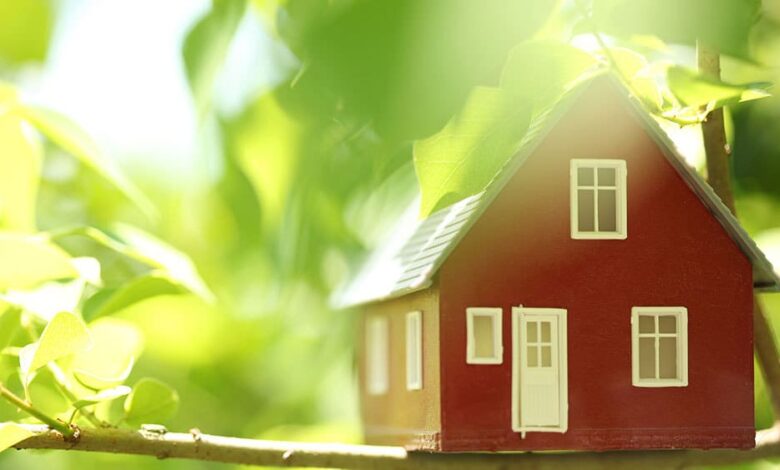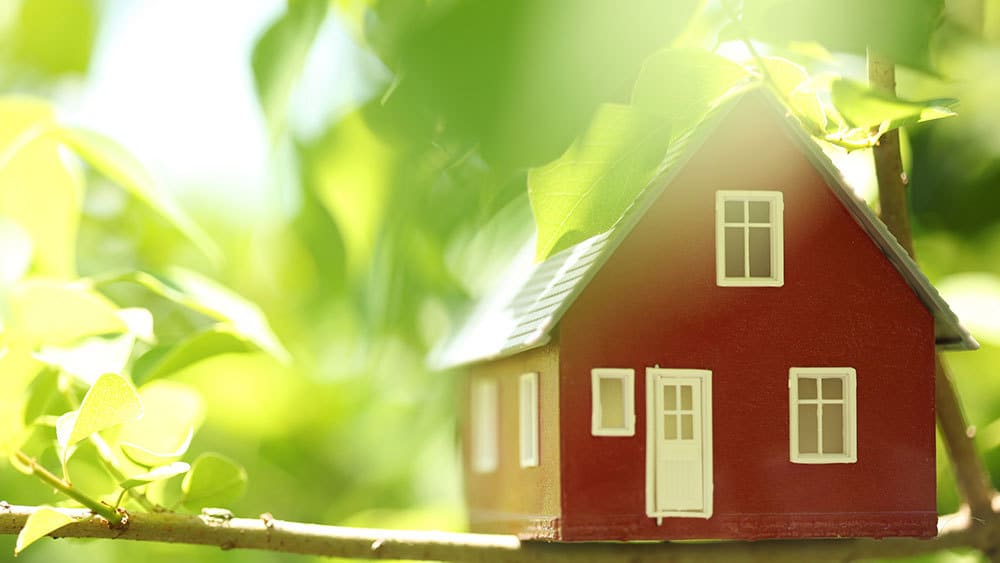Energy Efficiency 101: Tips for Reducing Gas and Electricity Consumption at Home


In today’s world, where environmental concerns are at the forefront of public discourse, adopting energy-efficient practices has become increasingly imperative. From reducing carbon footprints to cutting down on utility bills, there are numerous benefits to be reaped from enhancing energy efficiency, particularly in our homes. In this comprehensive guide, we will delve into various strategies and tips to help you minimize gas and electricity consumption, thereby contributing to both environmental sustainability and economic savings.
Understanding the significance of energy efficiency is the first step towards making meaningful changes in our daily lives. Energy efficiency refers to using less energy to perform the same tasks, ultimately leading to reduced energy waste and lower utility bills. At its core, it involves optimizing the use of resources to achieve maximum output, whether it’s heating our homes, powering our appliances, or lighting our living spaces. By implementing energy-efficient practices, households can significantly decrease their environmental impact while simultaneously cutting down on energy expenses.
One of the fundamental areas to address when aiming for energy efficiency is home insulation. Proper insulation plays a crucial role in maintaining a comfortable indoor environment while minimizing the need for excessive heating or cooling. Insulation acts as a barrier, preventing heat transfer between the interior and exterior of a home. By sealing gaps, cracks, and leaks in walls, windows, doors, and attics, homeowners can effectively reduce the loss of heated or cooled air, thus lowering their reliance on gas or electricity for climate control. Investing in high-quality insulation materials and ensuring they are properly installed can lead to substantial long-term energy savings.
Another key aspect of energy efficiency revolves around heating and cooling systems. Heating, ventilation, and air conditioning (HVAC) systems are significant contributors to household energy consumption, particularly in regions with extreme climates. To optimize energy usage, homeowners should regularly maintain their HVAC systems by scheduling professional inspections, cleaning or replacing filters, and adjusting thermostat settings based on occupancy and seasonal changes. Additionally, upgrading to energy-efficient HVAC models, such as those with high SEER (Seasonal Energy Efficiency Ratio) ratings, can significantly reduce energy consumption and lower utility bills over time.
Also Check The Role of Car Accident Lawyers Worldwide
In the realm of electricity consumption, lighting accounts for a significant portion of household energy usage. Transitioning to energy-efficient lighting solutions, such as Light Emitting Diodes (LEDs) or compact fluorescent lamps (CFLs), can yield substantial energy savings compared to traditional incandescent bulbs. LEDs, in particular, consume significantly less energy and have a longer lifespan, making them a cost-effective choice for illuminating homes. Furthermore, incorporating automated lighting controls, such as motion sensors or programmable timers, can further optimize energy usage by ensuring lights are only active when needed.
Appliances and electronics also play a critical role in household energy consumption. From refrigerators and washing machines to televisions and computers, modern households are equipped with a multitude of energy-hungry devices. To minimize energy usage, opt for ENERGY STAR certified appliances and electronics, which are designed to meet strict energy efficiency guidelines set by the U.S. Environmental Protection Agency (EPA). Additionally, unplug or power off devices when not in use, as many appliances continue to draw power in standby mode, contributing to so-called “phantom” or “vampire” energy consumption.
Beyond individual appliances, the layout and design of a home can influence overall energy efficiency. Strategic placement of windows, doors, and skylights can maximize natural light and ventilation, reducing the need for artificial lighting and mechanical cooling. Furthermore, investing in energy-efficient windows and doors with proper seals and insulation can enhance thermal comfort while minimizing heat gain or loss. Additionally, landscaping with shade trees and shrubs can help regulate temperatures around the home, further reducing the demand for heating and cooling.
Water conservation is another integral component of energy efficiency, as heating water accounts for a significant portion of household energy usage. Simple measures such as fixing leaky faucets, installing low-flow showerheads and faucets, and insulating hot water pipes can help reduce water consumption and the associated energy required for heating. Additionally, upgrading to energy-efficient water heaters, such as tankless or heat pump models, can yield substantial energy savings over traditional storage tank heaters.
Enhancing energy efficiency in the home is a multifaceted endeavor that encompasses various aspects of daily living. By implementing the tips and strategies outlined in this guide, homeowners can significantly reduce gas and electricity consumption, leading to both environmental benefits and economic savings. From improving insulation and optimizing HVAC systems to transitioning to energy-efficient lighting and appliances, there are numerous opportunities to make a positive impact on energy usage. Ultimately, embracing energy efficiency not only benefits individual households but also contributes to a more sustainable future for generations to come.





